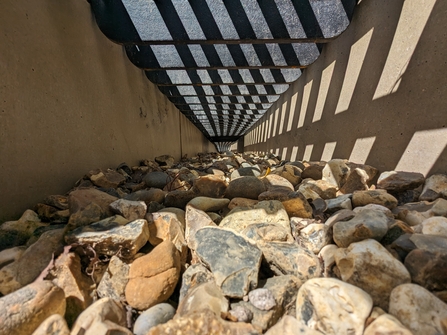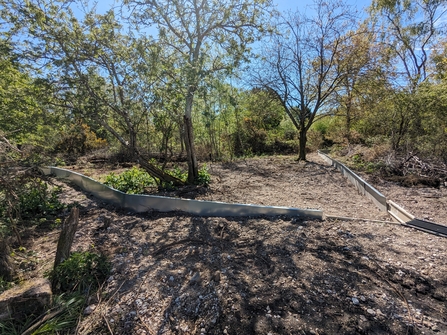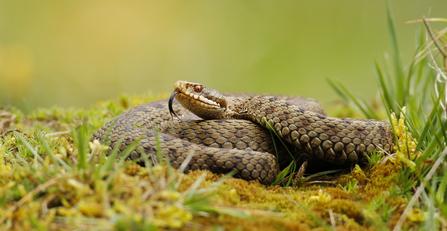Adder Connections aims to link two isolated populations of adders to secure the species’ survival in one of their last remaining strongholds in West Berkshire. The project has received a £113,000 grant from Natural England’s Species Recovery Programme Capital Grant Scheme and will form a best-practice case study.
Greenham and Crookham Commons in Berkshire, managed by Berkshire, Buckinghamshire & Oxfordshire Wildlife Trust (BBOWT) on behalf of West Berkshire Council, are home to two distinct populations of adders. The land management team discovered that the groups were not mixing after attaching radio tags to some of the adders to track their movements. Results showed that the snakes were unable to cross Old Thornford Road which divides the commons, and so two tunnels were created underneath the road to encourage movement.



